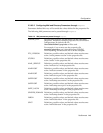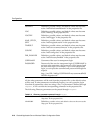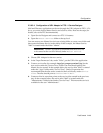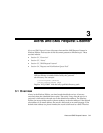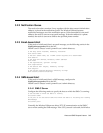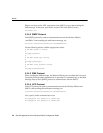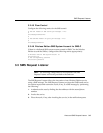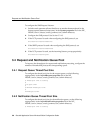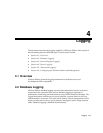
Alerts
3-2 Oracle9i Application Server Wireless Edition Configuration Guide
and alert address can be created by end users through Wireless Edition
personalization from the desktop computer or the device.
Services in Wireless Edition can be invoked through the HTTP protocol and through
SMS. Users can invoke the services through SMS with the corresponding service
name. However, currently only services without input arguments can be invoked
through SMS. The result of the service execution is returned as another SMS. The
capability is provided through the SMS Request Listener. [[Is this still true?]]
3.2 Alerts
Alerts, which are time-based scheduled services, are placed in the request queue
when they are created. The result of the alert execution, if any, is placed in the
notification queue. The alert functionality in the Wireless Edition requires the
installation of the Oracle8i JOB and AQ options.
3.2.1 Request Queue
The request queue stores all the alerts to be executed. The Wireless Edition
processes an alert as follows:
1. An alert is created or updated with a start date and a specified interval when
the user creates a time-based scheduled service. The alert is placed in the
request queue.
2. When the specified time expires, the alert is activated and executed. The result,
if any, is placed in the notification queue with the alert creator’s default alert
address. The alert with an updated next execution time is placed back in the
request queue.
3. If the alert fails to be executed for any reason, the alert is not placed back in the
request queue. It can only be reactivated by updating the start date through the
Personalization Portal.
Important: The aq_tm_processes parameter in the init.ora file
must be set to at least "2" for the processing of asynchronous alerts
in Wireless Edition.




